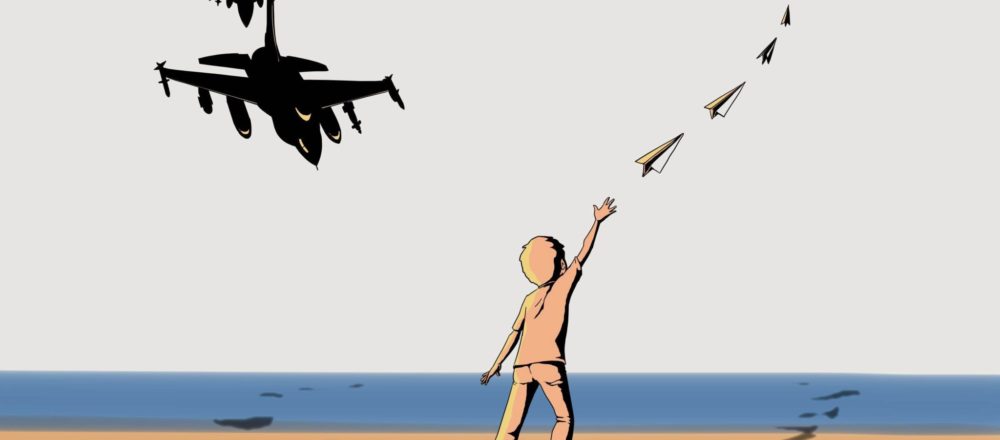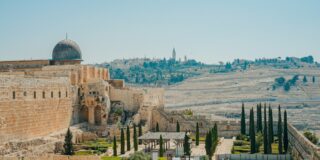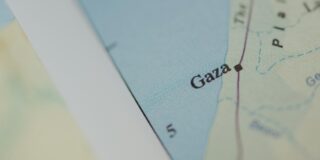Dr Safdar Ahmed is one of the founders of the Refugee Art Project. The collective facilitates creative output amongst asylum seekers in detention centres, and those recently settled in local communities. It is a highly inclusive group, working across multiple artistic mediums and in cooperation with many community organisations. I got the chance to talk to Safdar in June this year about his role with the collective, and how the group acts as a positive force for those in mandatory detention through the medium of art.
David O’Sullivan: How did the Refugee Art Project (RAP) begin? What has been your role with the organisation?
Dr Safdar Ahmed: The Refugee Art Project began in late 2010, when two friends and I, who were the group’s co-founders – Bilquis Ghani and Omid Tofighian – began visiting the Villawood detention centre to conduct art workshops with asylum seekers and refugees. As someone who loves to draw and has studied art, I’ve been committed to those workshops for a number of years and have been fortunate enough to curate our exhibitions, and the work we put online, or publish in our zines, in consultation and collaboration with RAP participants.
How does RAP facilitate creative output amongst Asylum Seekers in detention centres?
We visit the Villawood detention centre (and have been to the centres in Melbourne a few times) to meet people, and encourage those who want to express themselves creatively. The important thing with community work is to be open and responsive, to have revisable goals and to value the process. The point is to create a safe space where people feel comfortable to relax, enjoy themselves and forge new friendships.
Only once a feeling of respect and trust is established can people be comfortable to experiment with art, but also to say what they want and do not want to be done within the project. Most RAP participants are given pseudonyms or are anonymous to ensure the protection of their privacy. The important thing is not to produce work at every point, but to create an environment that is respectful, dialogical and reciprocal.
I understand RAP has published a number of Zines and held screenings of films – In 2015 debuting Palestinian political cartoonist Mahmoud Salameh’s film From Trouble To Trouble – are there any limitations to the types of art produced by the group?
The artwork made in detention is largely comprised of drawings and some paintings – where it’s possible to get painting materials inside. Because of the harsh restrictions within our detention centres, it’s difficult for people to acquire such things as turpentine (for oil painting), glue, pencil sharpeners and even, in one case, knitting needles. So it’s impossible to encourage work in diverse mediums. For this reason, most of the works produced are simple, pencil and ink drawings made in A4 sketchbooks, and they are some of the most powerful.
Refugees in the community are freer to experiment with diverse mediums, including film and animation. Mahmoud Salameh is a brilliant and accomplished Palestinian-Syrian cartoonist, who is now settled in Sydney. We have exhibited his artwork on numerous occasions and were proud to support him in making his short animation, “From Trouble to Trouble”, which shows the journey of a young refugee to Australia, and makes a strong point against mandatory detention. In our studio in north Parramatta (with thanks to Pop-Up Parramatta) a former refugee from Iran, Majid Rabet is doing some amazing artwork, including new mechanical and engineering inventions, and a community art project – through the recent Auburn Cartographies of Diversity initiative.
Another example is Undrawing the Line, an art gang made up of refugee and non-refugee artists, which grew out of Refugee Art Project, including myself, Mona Moradveisi, Murtaza Ali Jafari and Zanny Begg. In that group we’ve done some huge collaborative drawing with 3-D elements, and a stunning new 20 minute animation, titled “The Swamp”, which will be submitted to exhibitions and short film festivals.
Whilst RAP calls itself a non-political organisation, I imagine a lot of art works produced within the group possess a certain political weighting. Do you believe that art, in this context, can take an apolitical form?
Refugee Art Project does not actively endorse any political party, because we are first and foremost a community art and cultural development organisation. The self expression of asylum seekers and refugees takes precedence. It is rich and diverse, and so we do not want to railroad people’s output according to a preconceived political or ideological message.
But that does not mean the work is of no political consequence or does not contain important political messages. An obvious theme that often comes through is the inestimable cruelty and harm done to people in our detention system. We therefore oppose the mandatory and indefinite detention of asylum seekers and refugees, because the deprivation of people’s most basic human rights and liberty is absolutely clear.
Do you see a difference between creating awareness for the plight of the asylum seeker and taking a clear political stance in relation to political refugees in Australia?
Well they are certainly connected. For anyone to become properly aware of the issue is to understand the callous opportunism and violation of international agreements (such as the UN Refugee Convention) that drives our refugee policy at a political level. So I think a greater level of awareness necessitates a clear political stance either for or against the cruelty and the abuse of refugees perpetrated by successive governments in this country.
Art can speak more directly to the conscience than a political message
Given the current Australian government’s arguably draconian policies in relation to asylum seekers, do you believe RAP could act as a significant force for, say, changing attitudes towards refugees?
In concert with other refugee-led and refugee support organisations, RAP’s aim is to facilitate the self expression of refugees, which is to challenge public misconceptions around the issue. Art and creativity are fundamental to human experience, and are therefore inseparable from the rights to freedom of speech and expression, and to nurturing a healthy, democratic, civil society.
Good art can be honest and subversive. In some cases it can speak more directly to the conscience than a political message, and thus break through the xenophobia-exploiting spin of mainstream politicians and tabloid hacks.
Are there any other groups in Australia doing similar work as RAP, or particular groups whose work you support?
We support the work of some amazing refugee-support organisations. An important voice is RISE in Melbourne, the first group run entirely by refugees and ex-detainees. Crucial support organisations in Sydney include RACS, The Asylum Seeker Centre, Settlement Services International and House of Welcome, amongst others.
Organisations who produce art, self-expression or research/information as a form of support and advocacy include MAFA (Melbourne Artists for Asylum Seekers) which was started by a dear friend of mine, Writing Through Fences, who are producing some excellent publications and exhibitions, and Researchers Against Pacific Black Sites (RAPBS).
What events are coming up for the RAP, and in what way may people from the community get involved and support the group?
As a not-for-profit community art organisation, we rely partly on one-off donations of money and art materials. You can also support us by purchasing our refugee art zines, to distribute to your public library or local school. Come and view our contribution to a large group exhibition, called “Telling Tales”, in Sydney’s Museum of Contemporary Art, which runs until 9 October. More broadly you can write to local politicians on this issue, protest and boycott-divest from the private companies that profit from detention centres.




